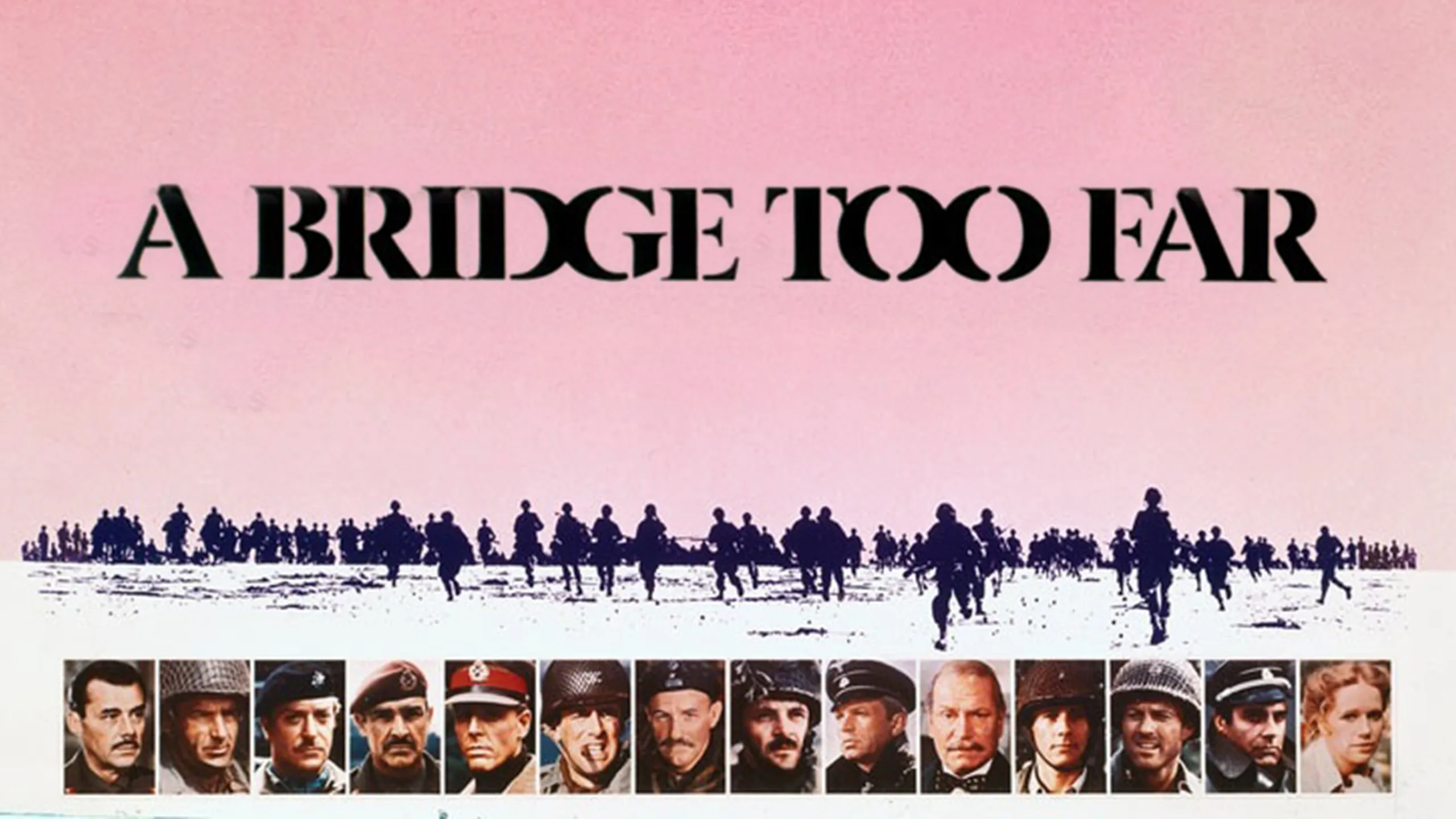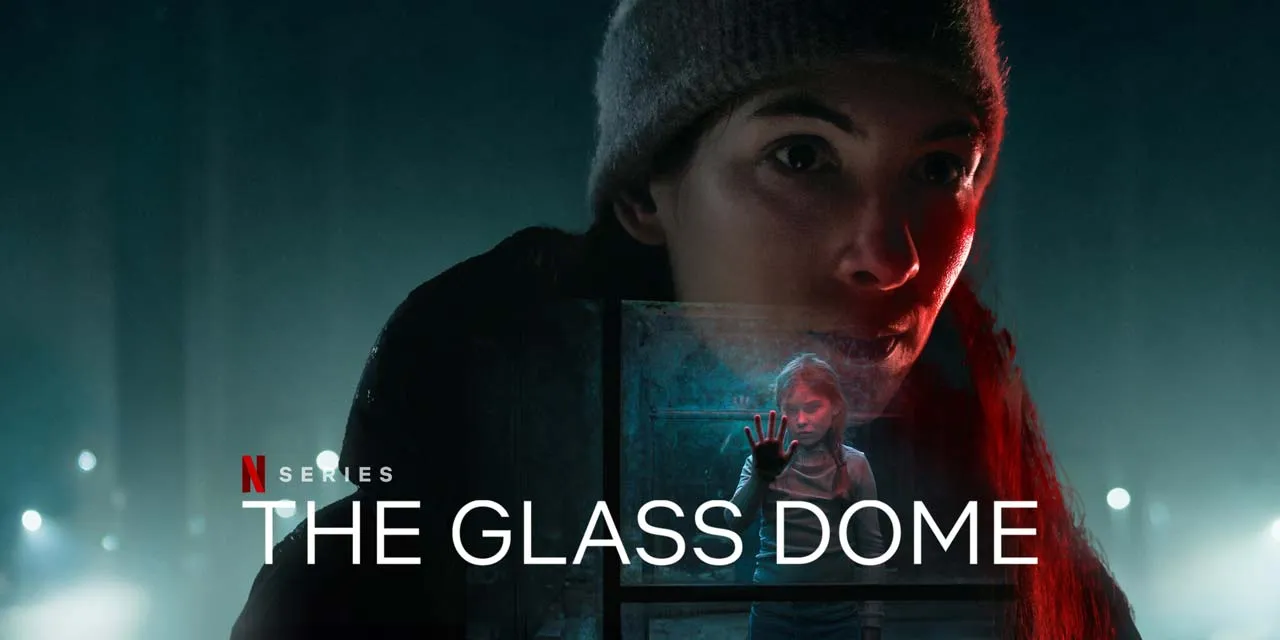Few films have left as deep and disturbing a mark on audiences as American History X, Tony Kaye’s 1998 exploration of race, hatred, and redemption in America. More than 25 years after its release, this gripping drama continues to resonate—perhaps more than ever—in a world still grappling with racism, extremism, and fractured identities.
At the center of the story is Derek Vinyard (played with searing intensity by Edward Norton), a former neo-Nazi who returns home from prison seeking a second chance. Once the poster child of white supremacy in his Los Angeles neighborhood, Derek is transformed by the trauma of prison and the quiet influence of a fellow inmate. But back home, he finds that his younger brother, Danny (Edward Furlong), is already following in his footsteps.
Told in a nonlinear structure that alternates between the past (shot in stark black and white) and the present (in color), the film takes us through the roots of Derek’s hatred. We see how his father's racist rhetoric, his family's struggles, and the influence of manipulative figures like Cameron Alexander pushed him toward a violent ideology. We also see, in excruciating detail, the horrifying acts that defined his rise in the white power movement—most notably the infamous "curb stomp" scene, one of the most disturbing in modern cinema
 .
.
But American History X is not just a story about falling into hatred—it's about the possibility, and fragility, of getting out.
Derek’s transformation is hard-earned and incomplete. He is not presented as a redeemed hero, but as a man who realizes too late the damage he’s done—not only to others, but to his own family. His efforts to deprogram Danny, to undo what years of hate had instilled, are painful and desperate. Norton plays Derek with a rare balance of rage and regret, showing a man scarred both physically and emotionally by his choices.
Edward Furlong's Danny is the emotional core of the film. Through his narration and school assignment (an essay titled "American History X"), we gain insight into how Derek's ideology infected him. His vulnerability, confusion, and ultimate awakening are tragically poignant—especially given the film’s abrupt and haunting ending.
The supporting cast, including Beverly D’Angelo as the overwhelmed mother, Avery Brooks as the wise but weary teacher, and Fairuza Balk as Derek’s radical girlfriend, all contribute to the oppressive atmosphere that surrounds the Vinyard family. Violence is never far away, and redemption, when it arrives, is fleeting.

Director Tony Kaye and screenwriter David McKenna created a film that is unapologetically raw. Kaye famously disowned the final cut due to conflicts with Norton and the studio, but the film that reached audiences remains an uncompromising portrait of American anger. The black-and-white sequences evoke a sense of moral clarity that Derek once believed in—before he realized how misguided that belief was. The color segments, in contrast, are murky, unstable, and real—mirroring the difficulty of living in the aftermath of ideological violence.
At its release, American History X received critical acclaim, though it also sparked controversy for its brutal honesty and the extremity of its subject matter. Norton received an Academy Award nomination for Best Actor, cementing his status as a serious performer. But the film's most lasting legacy is not its awards—it's the conversations it sparked, and continues to spark, about race, hate, and whether people can truly change.
In 2025, American History X feels more relevant than ever. With the rise of online radicalization, the normalization of hate speech, and ongoing debates about systemic racism, the questions the film raised in 1998 have not been answered—they’ve been amplified.

If one were to imagine a continuation of the story—a spiritual sequel, perhaps—it might follow Derek decades later, working with former extremists or incarcerated youth. He might be grappling with guilt over Danny’s fate, while watching a new generation fall into the same ideological traps. Such a film could explore how racism has evolved in the digital age, and whether redemption is possible when hate is no longer tattooed on skin but embedded in algorithms.
But perhaps the power of American History X lies in its finality. It ends not with resolution, but with a warning. Hatred, once planted, spreads fast. Redemption is rare. And sometimes, it comes too late.
In a time when society feels more divided than ever, American History X remains a brutally honest mirror—a film that dares us to look into it, and ask not only what we see, but what we’re willing to change.



